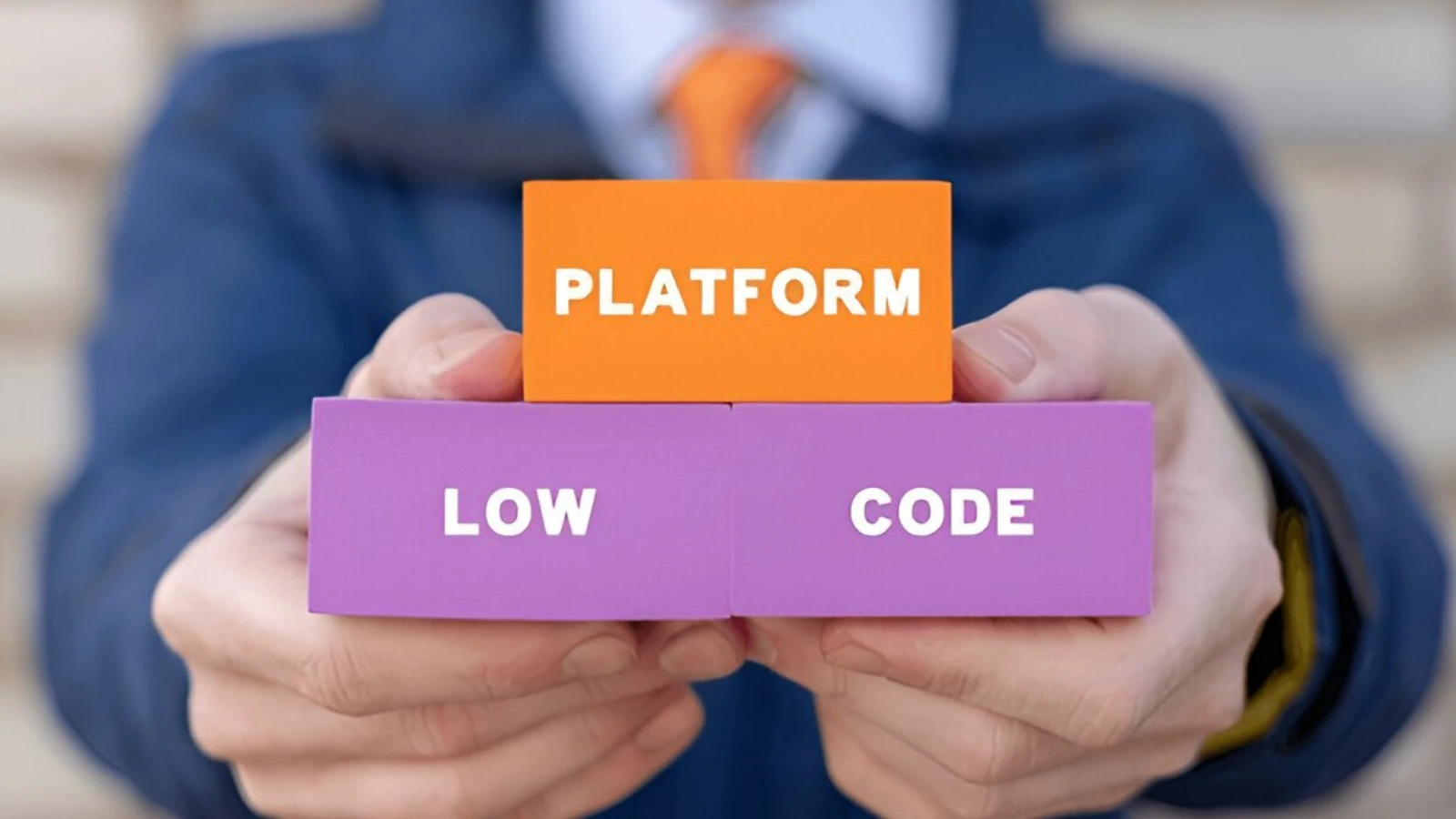Imagine building smart IoT apps not with lines of code, but with simple clicks and drags, like assembling Lego blocks. Sounds futuristic? That’s exactly what Low-Code Platforms are doing today. They’re breaking the walls between innovation and implementation, empowering businesses to build intelligent IoT solutions faster than ever.
In a world where speed is everything, Low-Code is the secret ingredient helping companies go from “idea” to “impact” in record time. Let’s dive into how these platforms are reshaping IoT app building for modern businesses.
The New Age of App Building
Gone are the days when app development means endless coding and complex frameworks. Low-Code Platforms replace that with a visual interface, think drag, drop, connect, and deploy.
Whether you’re a tech-savvy developer or a business strategist with a vision, Low-Code lets you build IoT apps that monitor machines, track assets, or manage energy in a few days, not months. It’s the ultimate fusion of creativity and technology.
Build, connect, and scale smarter, power your IoT ecosystem with Low-Code.
IoT + Low-Code = Innovation on Fast-Forward
IoT thrives on data devices talk, sensors sense, and systems respond. But making all these “things” work together is no easy feat. That’s where Low-Code Platforms step in like digital translators, connecting devices, APIs, and data pipelines effortlessly.
Imagine a logistics company creating an app that tracks vehicle performance in real time without needing an entire coding team. Or a factory monitoring production lines through dashboards built by operations staff, not developers. That’s the magic of Low-Code.
These platforms simplify IoT app creation by offering:
- Pre-built connectors to popular IoT devices and cloud services.
- Visual automation tools for workflows and triggers.
- Custom dashboards for real-time insights.
It’s IoT development, minus the complexity.
Why Businesses Love Low-Code for IoT
1. Innovation at Lightning Speed
Speed defines success in today’s digital era. With Low-Code Platforms, what once took months of coding can now be completed in just weeks. Businesses can design, test, and deploy IoT applications almost instantly, helping them respond faster to changing customer demands. This rapid development cycle allows companies to innovate continuously and bring their IoT ideas to life without waiting for lengthy technical roadmaps.
2. Zero Coding, Infinite Possibilities
Low-Code Platforms are designed to eliminate the technical barriers that slow down innovation. Anyone, from developers to business users can build apps using intuitive drag-and-drop features and pre-built modules. This flexibility not only accelerates project timelines but also encourages cross-team collaboration and creativity. By empowering more people to create solutions, Low-Code transforms every department into an innovation hub.
3. Connect Everything Effortlessly
IoT relies on seamless communication between devices, sensors, and systems. Low-Code tools make this process simple by offering ready-to-use integrations, APIs, and connectors that bridge data from multiple sources. Businesses can unify device management, automate workflows, and synchronize data across platforms without extensive manual coding. This results in a smarter, more connected IoT ecosystem that operates smoothly and efficiently.
4. Smart Dashboards, Smarter Decisions
Data is the backbone of IoT but without visualization, it’s just noise. Low-Code Platforms help businesses turn complex IoT data into clear, interactive dashboards that reveal real-time insights. From tracking equipment performance to analyzing energy usage, teams can make data-driven decisions instantly. These dashboards bring transparency, helping leaders identify patterns, predict issues, and take timely action to improve operations.
5. Built to Scale and Secure
Security and scalability are non-negotiable in IoT development. Modern Low-Code Platforms come with robust security layers, encryption, and compliance features that safeguard data from cyber threats. They’re also designed to grow alongside your business whether you’re managing ten devices or ten thousand. This ensures that as your IoT network expands, performance and reliability remain strong, enabling long-term digital growth with peace of mind.
Why the Future Belongs to Low-Code IoT
As the digital landscape evolves, agility becomes everything. Businesses can’t afford to wait for long development cycles. Low-Code enables rapid prototyping, instant updates, and continuous improvement, all vital in today’s IoT-driven world.
It turns big ideas into real-world applications. Whether you’re in manufacturing, logistics, healthcare, or retail, Low-Code gives your team the power to innovate fast, adapt quickly, and scale confidently.
In the race to build smarter, connected businesses, Low-Code Platforms are the quiet revolutionaries. They simplify IoT app development, reduce costs, and turn big visions into working solutions without coding chaos.
With Low-Code, innovation is no longer limited by technical barriers. It’s powered by creativity, speed, and the will to make things smarter. The future of IoT belongs to those who build fast, fearlessly, and with Low-Code.
FAQs
1. Can Low-Code Platforms handle complex IoT projects?
Yes. Modern Low-Code tools are built to support complex IoT ecosystems with AI, APIs, and automation capabilities.
2. Do I need technical knowledge to use them?
Not much! Low-Code Platforms are designed for both technical and non-technical users through simple drag-and-drop builders.
3. How secure are Low-Code IoT applications?
Extremely secure. Most platforms follow enterprise-grade security, encryption, and compliance standards.
4. Can Low-Code integrate with existing IoT devices?
Absolutely. These platforms provide ready-made connectors and APIs that link directly to popular IoT hardware and cloud systems.
Turn your IoT ideas into reality with Low-Code Platforms, explore how at Munshify.com


